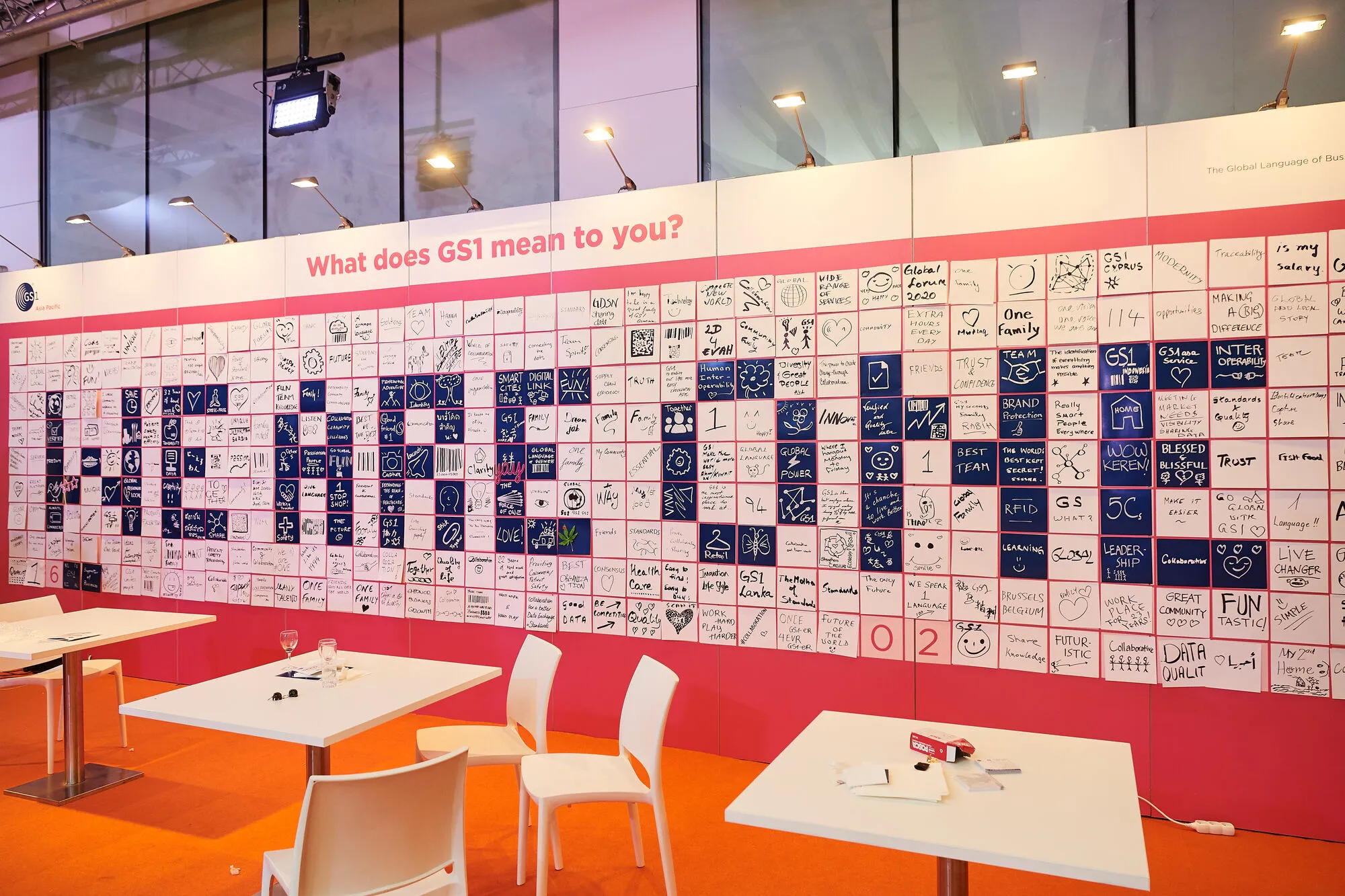




In common parlance, many people know the GTIN as a barcode, but technically the GTIN is the number below the barcode symbol itself, and can therefore also be used for other technologies such as 2D barcodes and RFID tags.

GS1 Denmark is the Danish division of the global standardisation organisation GS1.
We offer standards and services that support all operators in creating a more efficient, secure and sustainable supply chain. This can involve anything from implementing barcodes and tracking products and shipments - to exchanging master data, purchase orders and invoices.
The barcode, which we know from virtually all products and goods we encounter in our everyday lives, turns 50 years old.What started as a desire to shorten the lines in the supermarket has since - and without most people noticing - evolved to play a major role in food and patient safety. Not just in Denmark, but all over the world.
Now the familiar row of vertical lines is facing a new look and a new desire. To contribute to the development of the circular economy and society's green transition.



















GS1 standards provide a global, common language to identify, capture and share quality-assured data.
Our standards can help ensure traceability on anything, be it a liter of semi-skimmed milk, a medicinal product, a pallet, a container, a hospital bed, or a location such as a factory, a warehouse, a shop, a restaurant or even a field.
"We Love Standards" - and so should you.
It's no secret that GS1 employees are the biggest supporters of standards and standardized approaches.
This makes them some of the most competent standardisation experts who daily advise large and small companies and organisations in Denmark as well as abroad.


When trade in society is growing, GS1 Denmark also grows.
That's why we're always looking for new, talented people for our offices in Copenhagen and Ballerup. Follow us on this page and on social media where you'll find current vacancies.
Here you will find information about the legal matters regarding GS1 Denmark including the organization's regulations, terms and conditions, competition guidelines and much more.


Below you can download different versions of the GS1 Denmark logo.